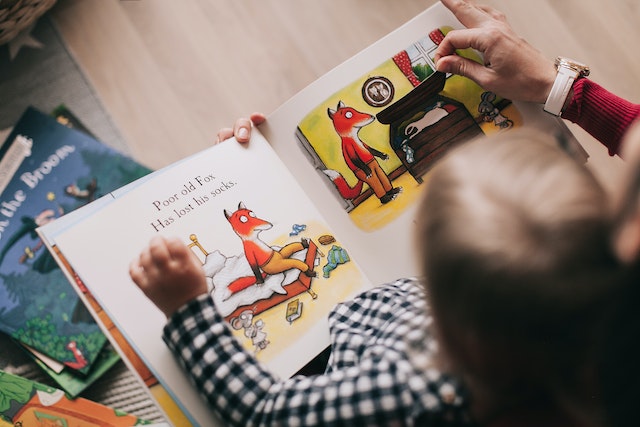
Things to Consider When Choosing Quality Illustrated Children’s Books
There are many things to consider when selecting quality illustrated children’s books for your children. Some of these factors include the style and setting of the book, the type of characters and photographs, and the author’s authority. Ultimately, a quality children’s book should reflect the author’s enthusiasm for the topic.
Characters
Children are often turned off by books that don’t feature good illustrations. The lack of illustrations can cause them to lose interest in the story, and in some cases, they may even give up on reading. The illustrations should add to the story, enhancing it with life and color. In addition, they will help young readers become visual readers, which is essential for reading success later in life.
There are many factors to consider when selecting a quality illustrated children’s book, including the amount of text. The text length should be appropriate for the child’s age and development level. For example, a book for young children should be short enough to be easy to read and have enough pictures to explain the story. If the text is too long, young readers may be frustrated.
Setting
Setting the stage for a high-quality illustrated children’s book begins with choosing the appropriate illustrations. They should complement the message of the children’s book as well as the author’s style. For example, a book with gentle themes might benefit from sweet watercolor illustrations. However, a book about monster trucks might not be suited for a book with such a style.
Another essential component of good illustration is the use of good fonts. Choose a font that will complement the illustrations and be consistent in size. Unless you have extensive experience in using a specific font style, consider asking the illustrator to use one that is at least 300 dpi. If you’re editing the illustrations yourself, make sure you have Adobe Photoshop or InDesign installed.
Style
When choosing quality illustrated children’s books, you need to consider both content and style. Children’s books can be drawn in a variety of styles, including realistic drawings and abstract artwork. Keep in mind, though, that abstract and subdued illustrations are less likely to grab a child’s attention.
Often, illustrations are important to a story, helping to establish the setting and teaching the story’s concepts. They also create a mood for the story and appeal to children’s five senses. The illustrations must be attractive; otherwise, children will lose interest quickly. For this reason, it is important to select quality books with illustrations that appeal to the senses.
When selecting quality illustrated children’s books, consider the style and size of each spread. Many picture books have a few sentences, a line of rhyme, or a short paragraph on each spread. The text should be easy to read and not overwhelming. Likewise, it is important to choose a font size that fits the illustrations.
Size
There are several factors to consider before choosing the size of illustrated children’s books. For one, you should consider the ratio of the illustrations to the text. Another important consideration is the cost of printing the book. Children’s books can be expensive to produce, and every ounce of paper wasted will cost money. By choosing a trim size that is cost-effective, you’ll reduce your overall cost for printing.
Secondly, consider the style of artwork that you’ll use in the book. A great illustrator can make a big difference between a good and a bad book. Make sure that the illustrator you hire is experienced and has a great track record. It’s also a good idea to talk to them before hiring them to make sure they’ll deliver high-quality work on time.
Durability
During the early twentieth century, illustrated children’s books first appeared in inexpensive periodicals and magazines for mothers. These books were cheap and often featured uncredited illustrations. Several books in this style were produced, including Helen Bannerman’s Little Black Sambo, which saw numerous printings during the first decade of the twentieth century. Another popular style was the “Dumpy Books for Children,” published by Grant Richards between 1897 and 1904.
To attract young children’s attention, illustrated children’s books should be designed with bright, colorful images. Typically, illustrated children’s books have minimal text and rely on vivid illustrations to guide the story. Because of this, they should be durable and hard-wearing. Usually, illustrated children’s books are covered with a durable hard cover to protect them from frequent handling.


